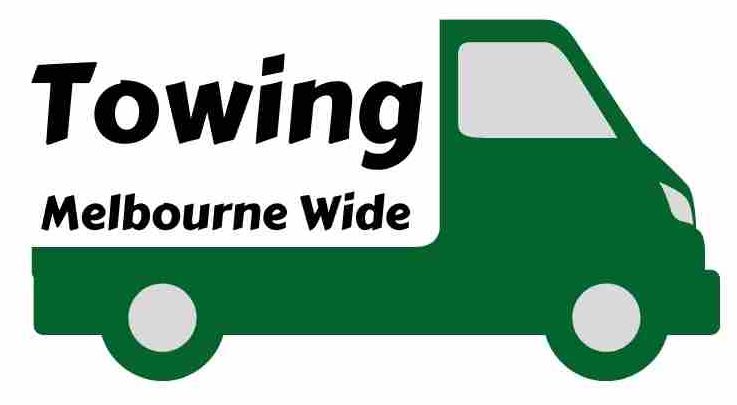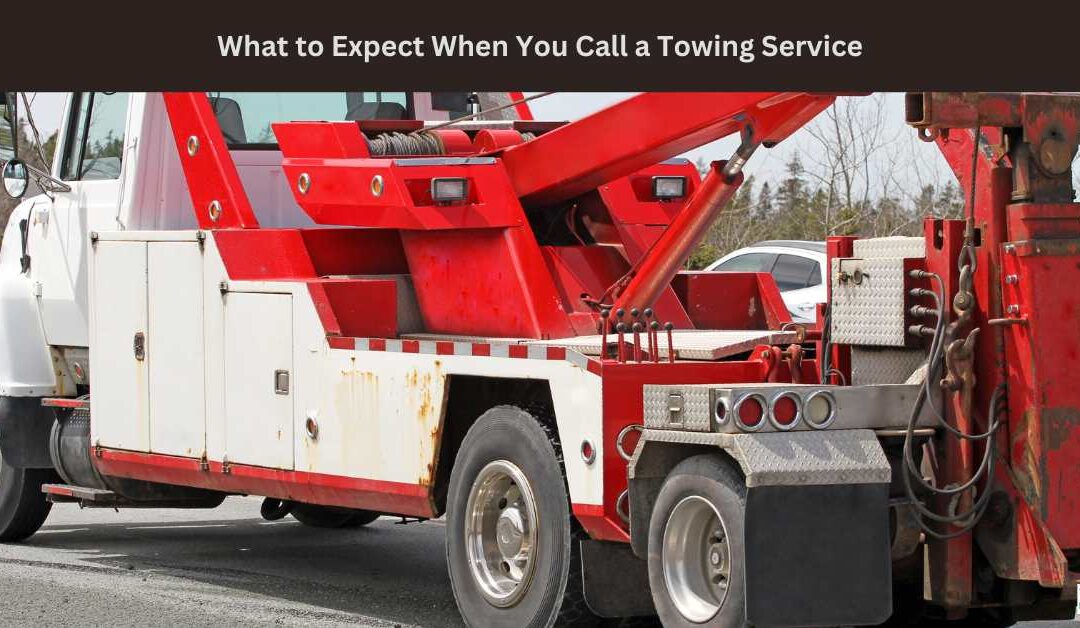When you’re stranded and in need of a tow, understanding what happens after you call a towing service can bring peace of mind. Here’s a step-by-step overview of what you can expect when you reach out for professional help.
1. Initial Contact and Gathering Information
When you call a towing service, a dispatcher will greet you and ask for details to better understand your situation. Expect to provide:
Location: Your precise location helps the dispatcher determine which truck is nearest to you.
Type of Vehicle: Mention your car’s make, model, and condition (if possible), as it helps in selecting the right type of tow truck (e.g., flatbed or wheel-lift).
Nature of the Problem: If you have a flat tire, dead battery, or accident damage, describe the issue so the towing company knows if you need additional roadside assistance.
After receiving your information, the dispatcher will provide an estimated time of arrival (ETA) and, in some cases, an estimated cost for the service.
2. ETA and Real-Time Updates
Many towing companies use GPS and real-time tracking to dispatch the closest available truck and give you accurate ETAs. Some even provide updates via text or mobile apps so you can track the truck’s arrival in real-time. Knowing the ETA and having live updates gives you an idea of how long you’ll be waiting and helps you feel secure.
3. Arrival and Safety Precautions
When the tow truck arrives, the driver will take safety precautions, such as placing reflective cones or turning on hazard lights, to ensure the safety of both of you. They will then assess the vehicle and confirm the information you provided. At this point, they may also ask you to sign a service agreement or consent form, detailing the towing procedure and any charges involved.
4. Loading Your Vehicle
The driver will carefully prepare to load your vehicle onto the tow truck. Depending on the situation and type of tow truck:
Flatbed Tow Truck: The driver will lower the flatbed, securely attach hooks to your car, and use a winch to pull it onto the truck.
Wheel-Lift Tow Truck: The driver will attach the wheel-lift under your front or rear tires to safely elevate and secure your vehicle.
Dollies (if needed): For certain vehicles, the driver may use dollies to lift all four wheels, especially useful for low-clearance vehicles or those with severe damage.
Professional tow truck operators are trained to handle the loading process safely and securely, ensuring minimal risk to your car.
5. En Route to Your Destination
Once the vehicle is secured, the tow truck driver will transport it to your requested location—whether that’s your home, a repair shop, or another safe spot. Some companies will allow you to ride along, but policies vary, so it’s best to ask the dispatcher when you first call. If you’re not accompanying the tow truck, you’ll receive an ETA for when the vehicle is expected to arrive.
6. Payment and Documentation
Upon arrival at your destination, the driver will finalize the paperwork. They’ll provide an itemized receipt detailing the towing service and associated costs. Many towing companies offer flexible payment methods, including cash, card, or contactless options. The receipt will serve as proof of service and may include warranty information if applicable.
7. Follow-Up and Customer Support
Many professional towing services follow up after the job is done to ensure you’re satisfied with the service and address any questions or concerns you may have. Good customer support makes sure any issues are resolved, creating a trustworthy experience should you ever need towing services again.
Now Towing Melbourne Wide is available in Richmond Victoria 3121, Australia
Contact us
Towing Melbourne Wide
4/10 Auburn Grove
Hawthorn East VIC 3123
(03) 9956 1908


Recent Comments